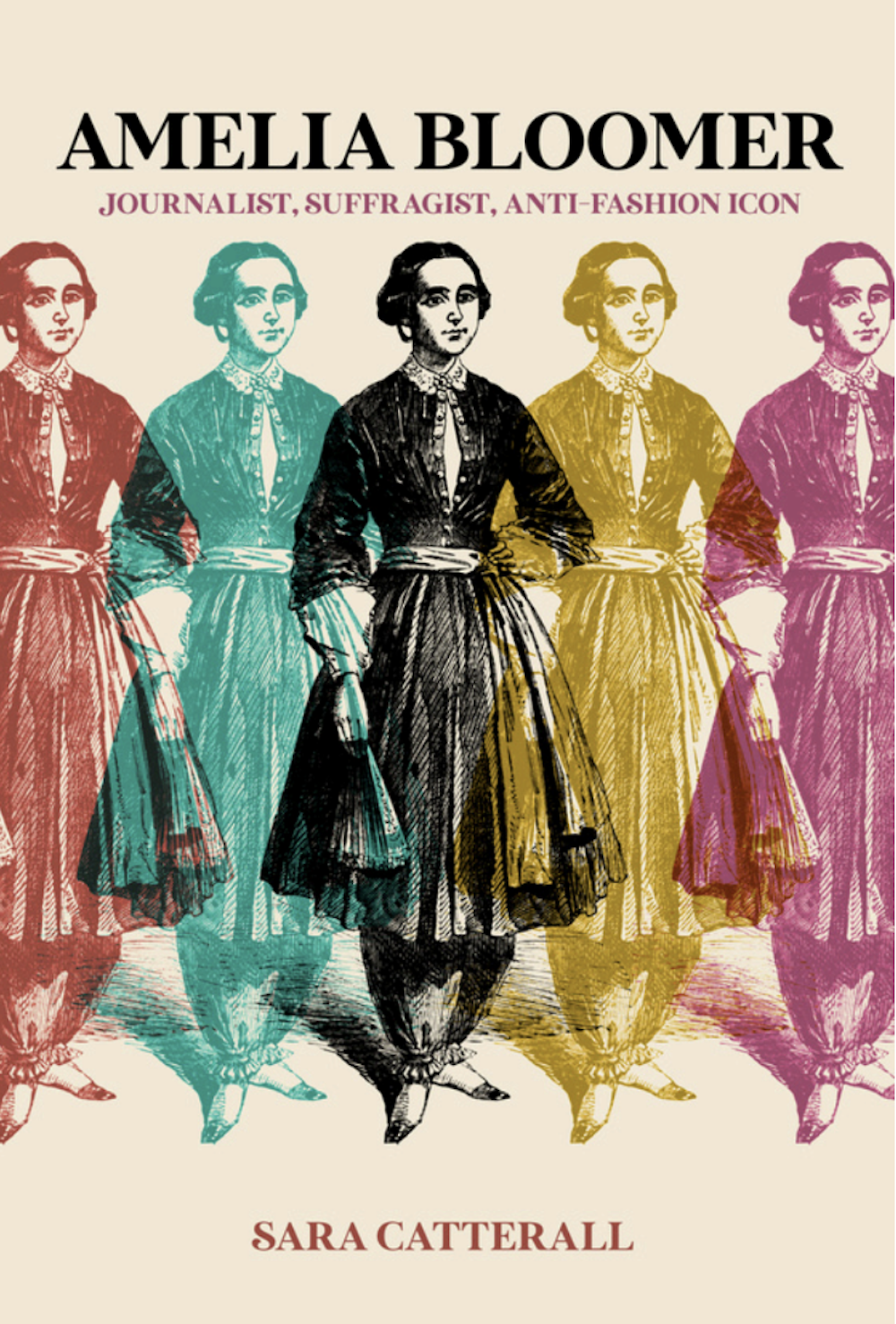Amelia Bloomer’s true legacy as a pioneering journalist and suffragist comes to light in a new biography by Sara Catterall, dispelling long-held misconceptions. More than a name behind a fashion trend, Bloomer’s life work in advocacy and publishing reshaped the fight for women’s rights.
BOOK REVIEW: New ‘Amelia Bloomer’ book brings her into focus

Key Takeaways:
-
Amelia Bloomer’s Legacy Beyond Fashion
Bloomer’s significant roles in journalism and suffrage are explored, moving past her association with a fashion trend. -
Sara Catterall’s Comprehensive Biography
A six-year research endeavor uncovers the depth of Bloomer’s contributions to women’s rights. -
From Temperance to Suffrage Advocate
Bloomer’s journey highlights her evolution into a formidable women’s rights activist. -
Founder of “The Lily” Newspaper
She launched one of the first women’s newspapers, amplifying female perspectives. -
Interactions with Key Historical Figures
Bloomer’s relationships with Susan B. Anthony, Elizabeth Cady Stanton, and Frederick Douglass shaped her activism.
Unveiling the Real Amelia Bloomer: Beyond the Fashion Myth
Amelia Bloomer feared she would be remembered solely for a fleeting fashion statement rather than her profound work as a journalist, publisher, and suffragist. In her meticulously researched biography, “Amelia Bloomer: Journalist, Suffragist, Anti-Fashion Icon,” author Sara Catterall aims to set the record straight.
A Misunderstood Legacy
Bloomer’s name became synonymous with a style of dress—”bloomers”—which overshadowed her substantial contributions to the women’s rights movement. Catterall’s six-year project delves deep into Bloomer’s life, illuminating her journey from a devout evangelical in Homer, New York, to a leading advocate for women’s suffrage.
From Temperance to Activism
In the early 19th century, America grappled with rampant alcohol abuse; by 1841, citizens consumed “more alcohol per capita than they ever had before or would again.” Recognizing the devastating impact on women and families, Bloomer became involved in the temperance movement. It was a socially acceptable avenue for women like her to address societal issues without directly challenging patriarchal norms.
The Birth of “The Lily”
Encouraged by her husband, Dexter Bloomer, Amelia began writing under a pen name for a temperance society magazine. Her passion for advocacy led her to establish her own publication. On New Year’s Day in 1849, she released the first issue of “The Lily,” symbolically named after the biblical emblem of purity. Initially focused on temperance, the newspaper soon expanded to cover broader women’s rights issues.
“Halfway through the first volume of The Lily, Bloomer had taken a government job, endorsed property destruction and arson, and framed women’s disenfranchisement as ‘tyranny’ and ‘taxation without representation,'” Catterall notes with humor.
Intersecting Paths with Prominent Activists
Bloomer’s evolution paralleled the growing women’s rights movement. Although she attended the second day of the 1848 Seneca Falls Convention, she did not sign the Declaration of Sentiments. Elizabeth Cady Stanton remarked that Bloomer initially “stood aloof and laughed at us.” However, Bloomer soon aligned with suffrage leaders, fostering relationships that both collaborated and conflicted over time.
Her interactions with figures like Susan B. Anthony and Frederick Douglass highlight the complexities of the movement. While they united over common goals, disagreements arose, particularly concerning the 15th Amendment and diversifying strategies for achieving women’s suffrage.
Beyond the Bloomers
Bloomer’s advocacy extended to dress reform, motivated by her own health challenges. She promoted practical attire for women, which unfortunately provided fodder for detractors to trivialize the suffrage movement. The “bloomers” became an unwitting symbol that often overshadowed her activism.
A Legacy Restored
Despite facing societal pushback, Bloomer remained a prolific writer and steadfast advocate until her death. Reflecting on her life’s work, she expressed a desire for truth in her remembrance: “I would that future writers would seek to learn the truth concerning me and my public career, or let my memory rest in peace.”
Catterall’s biography answers this call, offering a nuanced portrait of Amelia Bloomer that honors her lasting impact on journalism and women’s rights.
Conclusion
Amelia Bloomer was more than a fashion footnote; she was a trailblazer whose efforts helped shape the course of women’s history. Through Catterall’s exhaustive research, readers are invited to rediscover a woman whose contributions deserve recognition beyond any garment—acknowledging her as a true pioneer of social change.











